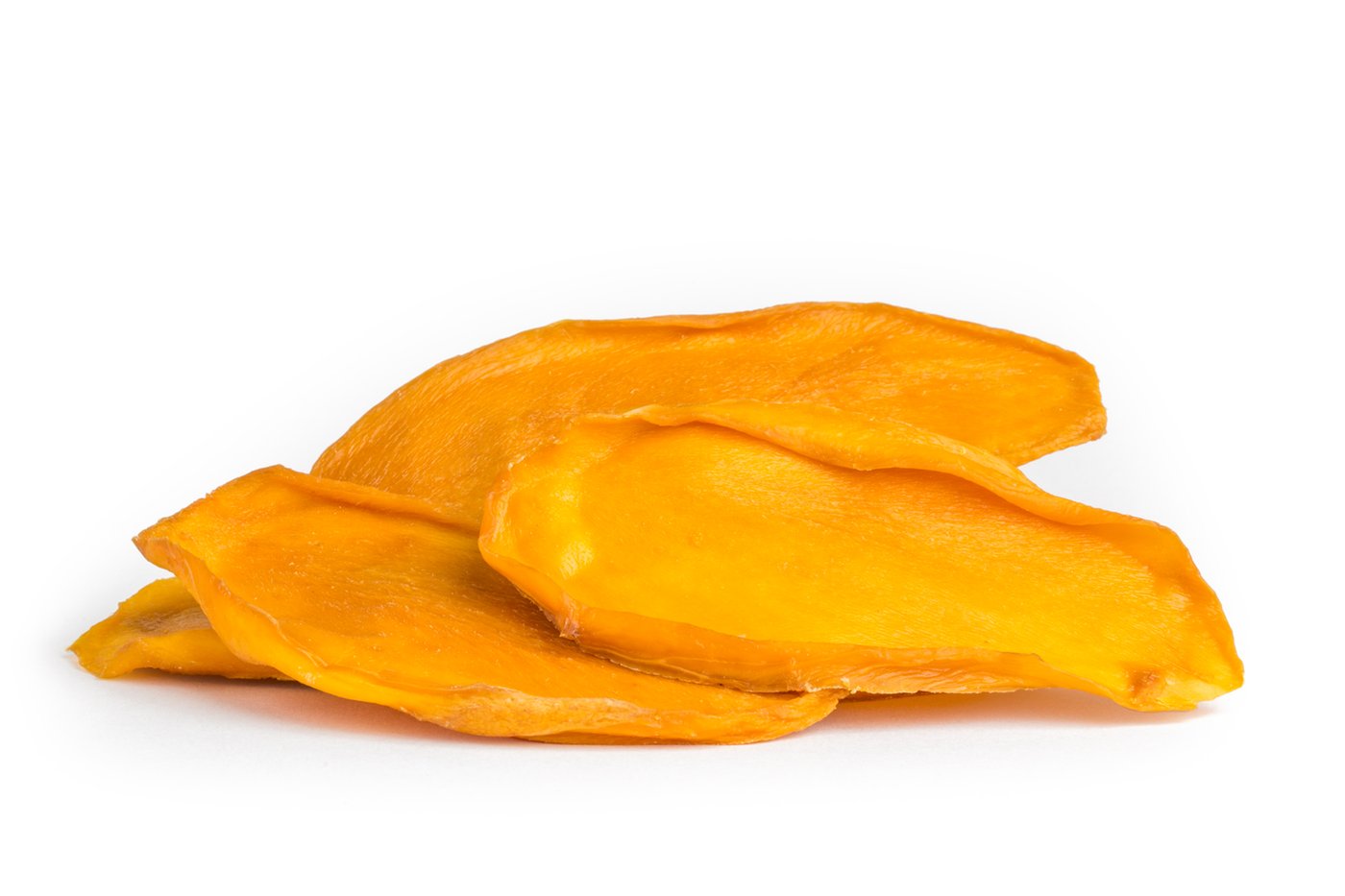Starting with Tropical Trees towards Health Benefits: The Nutritional Value in Dried Mango
Dried mango is more than just a tasty snack; it is packed with nutrients that can significantly contribute to health. Originating from lush, tropical environments, this vibrant fruit is admired for its sweetness and chewy nature. It is processed in specialized dried mango facilities that ensure the fruit keeps most of its healthy properties while providing a handy option for people on the go.
Rich in vitamins, minerals, and antioxidants, dried mango provides numerous health benefits that make it a great enhancement to your diet. Whether you eat it by itself or add it to recipes, learning about its nutritional profile can help you appreciate this fruity delight even more. Let’s discuss the different methods dried mango can improve your health and wellness.
Dietary Benefits of Dried Mango
Dehydrated mango is a goldmine of nutrients, making it a great supplement to your diet. It is abundant in vitamins A and C, both of which are essential for maintaining good skin, vision, and a robust immune system. Vitamin A supports eye health by promoting proper vision and avoiding night blindness, while Vitamin C plays a critical role in collagen production and protecting the body against oxidative stress.
In addition nutrients, dehydrated mango provides a valuable source of dietary fiber. This fiber aids in digestion, assists regulate blood sugar levels, and promotes a feeling of fullness, which can be advantageous for weight management. As a convenient snack, dehydrated mango allows you to easily incorporate these essential nutrients into your daily routine, making healthy choices easier and more enjoyable.
Furthermore, dried mango contains a range of phytochemicals and antioxidants that contribute to overall health. These compounds can assist fight inflammation and reduce the risk of chronic diseases such as heart disease and certain cancers. By eating dehydrated mango, you not only satisfy your sweet cravings but also support your body’s nutritional needs, making it a intelligent choice for health-conscious individuals.
A Dried Mango Processing Procedure
This process of dried mango starts with choosing the best fresh mangoes. Farmers carefully harvest ripe mangoes at their peak maturity to ensure that the flavor and nutritional content are preserved. The chosen types, often including well-known types like Haden and Tommy Atkins, are then sent to a dried mango factory where the production will take place.
Once they arrive the factory, the fresh mangoes undergo thorough cleaning and classification to remove any imperfect fruit. After this, the mangoes are removed of their skin and sliced into even pieces to ensure consistent drying. The slices can be dried using multiple methods, including solar drying, air drying, or using advanced dehydrators, which protect the fruit’s natural sweetness and nutrients.
After drying, the mango slices are chilled and packaged to protect their freshness. Some producers may also add a bit of sugar or preservatives to enhance the taste and shelf life. The final product is then ready for distribution, bringing the exotic goodness of mango to consumers around the world while keeping its healthy benefits.
Sustainable Development and Supply Chain Practices
In the production of dehydrated mango, sustainability is a critical factor that affects both the ecosystem and local economies. Many dehydrated mango factories are now adopting methods that prioritize the use of sustainably sourced fruit. This includes collaborating with local growers who use eco-friendly agricultural practices that reduce the impact on the land and surrounding habitats. By ensuring that the mangoes are grown in a environmentally friendly manner, these factories can promote biodiversity and prevent forest degradation.
Moreover, sourcing mangoes locally helps to minimize the carbon emissions associated with logistics. When dried mango manufacturers collaborate with local farmers, it not only supports the local economy but also ensures that the fruit is more fresh and of higher quality. This close relationship between factories and growers often leads to better sourcing practices, where farmers are incentivized to maintain organic farming techniques that contribute to healthier soil and ecosystems.
Many businesses are also focusing on fair labor practices by ensuring fair pay and labor conditions for those involved in mango cultivation and processing. This comprehensive strategy to sustainability not only benefits the environment but also contributes beneficially to the communities that depend on mango farming. By integrating responsible sourcing and manufacturing methods, dehydrated mango factories can play a key role in promoting community and environmental health, making dehydrated mango not just a healthy snack but a choice that supports sustainable methods.
